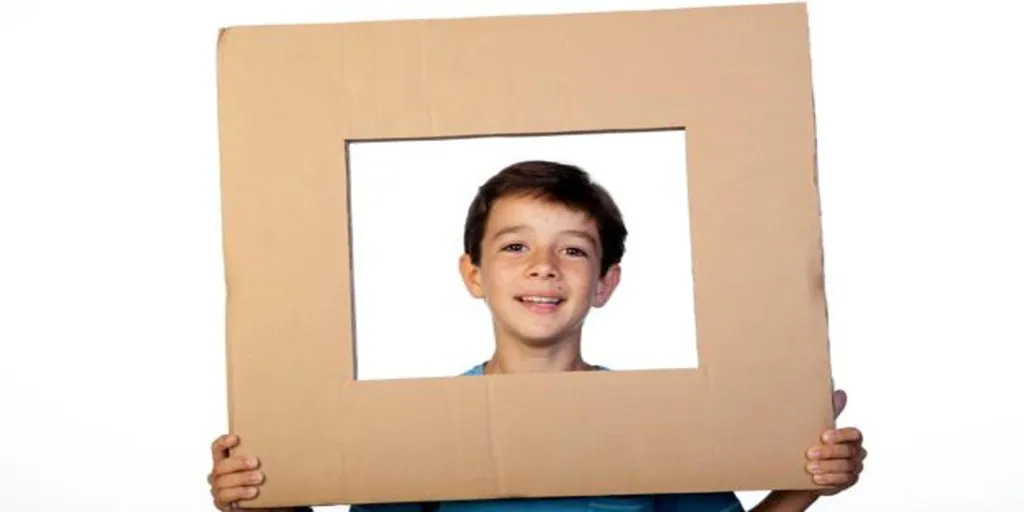Save
When entering a Byzantine church, a Gothic cathedral or Gaudí’s Sagrada Familia, we all feel awe. Beauty knows no ages. The tesserae of the mosaics, the light reflections of the stained glass windows or the arborescent columns amaze children, parents and grandparents and testify that beauty does not expire. LWorks may have been created centuries ago or just a few decades ago, all of them reflect that true beauty is eternal and continues to appeal to today’s man.
Beauty elevates. Contemplation of a work of art invites you to delve into that part of you that pursues transcendence, whose unveiling follows the identification of beauty with good and truth.
The work penetrates reality. Romano Guardini, in this sense, underlined that the artist does not capture reality simply as it is presented, “but contemplating its essence from its presence”.
Beauty questions us. Why did they represent bunches of grapes and all those animals?, the children ask us, while pointing out some of the motifs that make up the rich thematic repertoire of the walls of Quintanilla de las Viñas. Why do the angels appear playing so many instruments?, they question themselves in the Prado, before the
El Greco’s Annunciation. Why is a flying cow depicted? Curious, they await our response, while contemplating one of Chagall’s works at the Thyssen. Those details that the little ones never go unnoticed They teach us to look with their eyes. They highlight, from the observation of the concrete, the variety of levels from which a work of art speaks to us.
Beauty intensifies the encounter. Faced with the stimuli that cause constant distractions, beauty requires serenity and a certain recollection to allow the message conveyed by the work of art to be clearly revealed. We need to stop to direct our senses towards what is the object of our attention. Art crosses the border between self and other. We all look at the same point, at that work of art. We look in the same direction. As a family, this shared experience is intensified.
–

